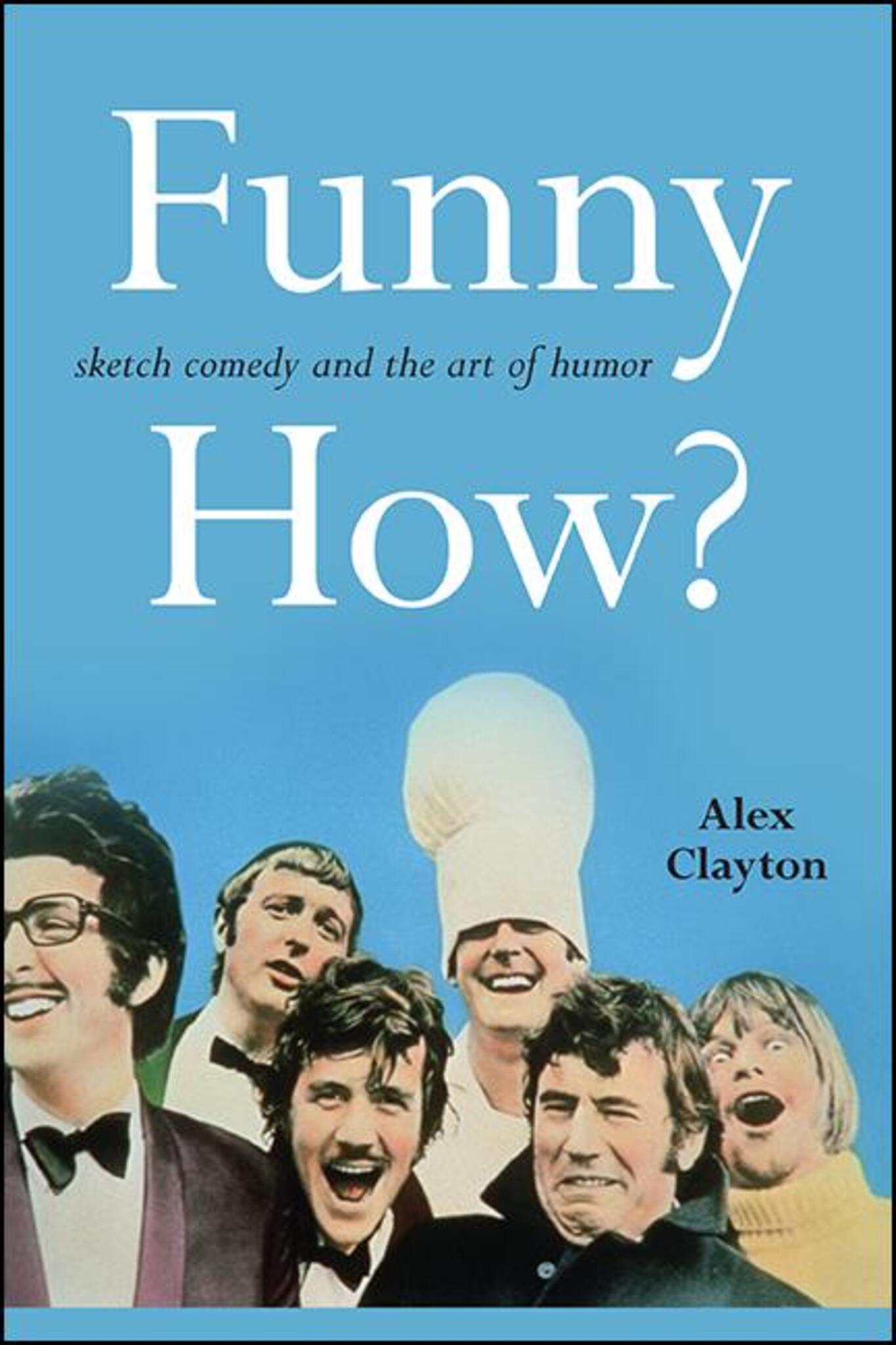We're sorry. An error has occurred
Please cancel or retry.
Funny How?

Some error occured while loading the Quick View. Please close the Quick View and try reloading the page.
Couldn't load pickup availability
- Format:
-
01 May 2020

Uses comedy skits, from Monty Python to Key and Peele, to probe how humor works.
What makes something funny? This book shows how humor can be analyzed without killing the joke. Alex Clayton argues that the brevity of a sketch or skit and its typical rejection of narrative development make it comedy-concentrate, providing a rich field for exploring how humor works. Focusing on a dozen or so skits and scenes, Clayton shows precisely how sketch comedy appeals to the funny bone and engages our philosophical imagination. He suggests that since humor is about persuading an audience to laugh, it can be understood as a form of rhetoric. Through vivid, highly readable analyses of individual sketches, Clayton illustrates that Aristotle's three forms of appeal-logos, the appeal to reason; ethos, the appeal to communality; and pathos, the appeal to emotion-can form the basis for illuminating the inner workings of humor. Drawing on both popular and lesser-known examples from the United States, United Kingdom, and elsewhere-Monty Python's Flying Circus, Key and Peele, Saturday Night Live, Airplane!, and Smack the Pony-Clayton reveals the techniques and resonances of humor.


"This book tackles head-on the assumption that to examine comedy is to destroy it. Clayton isn't out to make the reader laugh all over again at these sketches and extended comic riffs. His point is that comedy, like any other kind of artistic performance, should be amenable to aesthetic redescription by an attentive critic. I know of no other book that contends with the assumptions and claims of comedy theories in the way this one does. There is nothing else like it out there." — Brenda Austin-Smith, coeditor of The Gendered Screen: Canadian Women Filmmakers
List of Illustrations
Preface
Acknowledgments
Introduction
1. The Trouble with Comic Theory
2. Takeoffs
3. Thought Experiments
4. Prime Numbers
5. Pitched Battles
Conclusion: The Rhetoric of Humor
Works Cited
Index



